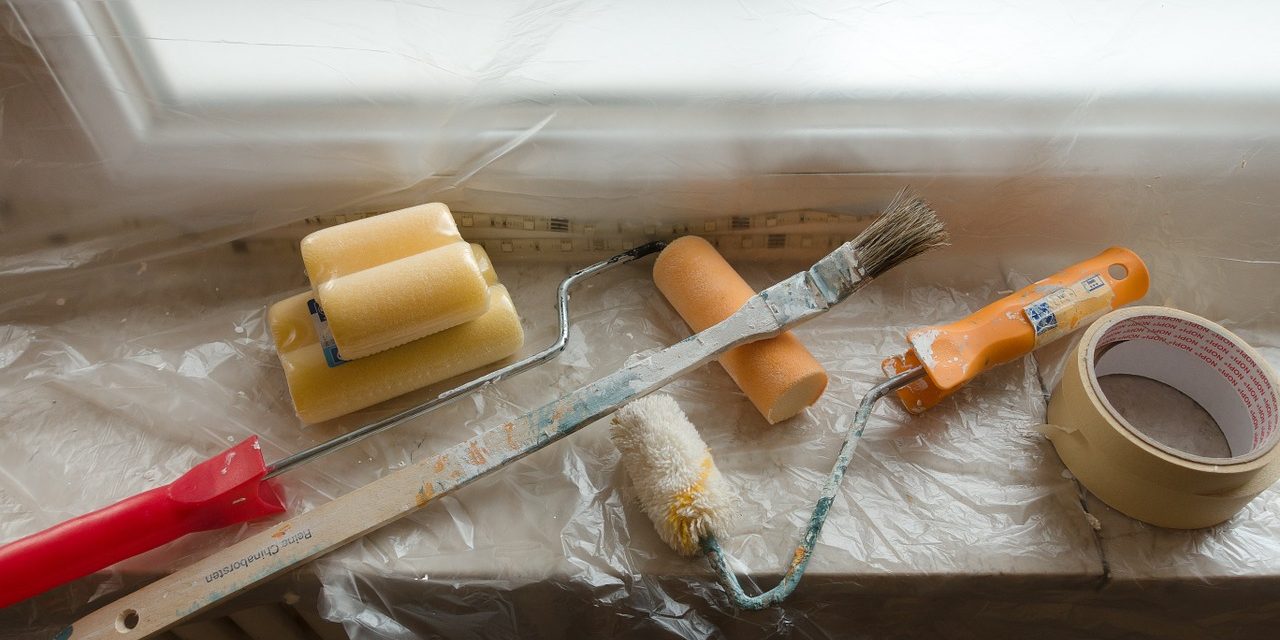Green remodeling is the design and construction of projects that reduce the environmental impacts of remodeling, including energy, water, and materials consumption; waste generation; and harmful emissions, both indoors and out. Although the principles that govern green residential remodeling are shared with all other design and construction projects, more than a few aspects are unique to green remodeling:
- Range of projects. Residential remodeling covers everything from painting a room to refitting a kitchen to gutting a whole house down to the framing and then rebuilding.
- Existing conditions. In new home construction we generally have just the site to consider, but in residential remodeling there are existing conditions that range from room configuration to hazards such as mold, lead, and asbestos.
- Custom work. Whether in design or construction, just about every residential remodeling project is custom, with very little opportunity for the sorts of economies of scale that occur in production building.
- Professional-client relationship. Remodeling professionals almost always have a client; “spec” remodeling projects are rare. The closer relationship with homeowners requires skills and perspectives not generally required for new construction projects.
- Occupants. Remodeling professionals must plan and often conduct their work based on the health, safety and schedules of real people. Even if the work requires that the home be vacated, the timing and duration of such a period must be very carefully orchestrated.
- Sequenced or staged projects. Many residential remodeling projects are phased or sequenced projects (“we want to do the bathroom and then the kitchen”), and this can make for challenging orders of operation in both design and construction, often requiring innovation and improvisation by remodeling professionals.
- Integration. A cornerstone of all types of green building is systems integration, and residential remodeling adds a new dimension to this integration: integrating the old or existing with the new.
Those unique aspects of residential remodeling mean that a best-practices guide, rather than a rating program, is appropriate.
To help homeowners address all of these unique facets, the American Society of Interior Designers (ASID) Foundation and the U.S. Green Building Council (USGBC) developed the REGREEN program and a best-practices guide to green residential remodeling. The guide addresses the main renovation projects homeowners typically undertake: Kitchen, Bathroom, Bedroom, Living and Working, Finished Basement, Home Performance, Major Addition, Gut Rehab, Deep Energy Retrofit, and Outdoor Living.








